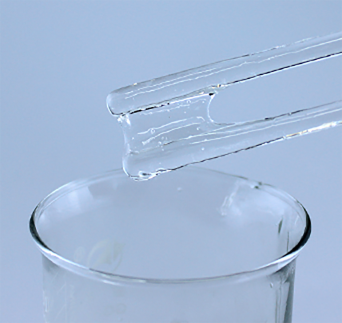
Nov . 21, 2024 21:11 Back to list
hpmc grades
Understanding HPMC Grades A Comprehensive Overview
Hydroxypropyl methylcellulose (HPMC) is a versatile polymer widely used in various industries, including pharmaceuticals, food, construction, and cosmetics. As a derivative of cellulose, HPMC offers unique properties that make it a popular choice in the formulation of gels, emulsions, and as a thickening agent. Importantly, HPMC comes in different grades, each designed to meet specific functional requirements. In this article, we will explore the various HPMC grades, their applications, and the key factors that influence their characteristics.
What is HPMC?
HPMC is a semi-synthetic, inert polymer formed by the modification of natural cellulose. By introducing hydroxypropyl and methyl groups into the cellulose structure, HPMC gains water solubility and enhanced film-forming capabilities. This modification allows HPMC to better interact with water, making it an effective thickener, stabilizer, and binder in numerous formulations.
HPMC Grades and Their Characteristics
HPMC grades are primarily classified based on the viscosity, degree of substitution, and their specific applications. Each grade possesses distinct properties, determining its suitability for various uses.
1. Viscosity Grades - HPMC is available in a range of viscosity grades, typically measured in centipoise (cP). Low viscosity grades (around 1000 cP) offer enhanced flow characteristics and quick dissolution, making them ideal for applications requiring rapid gel formation. Conversely, high viscosity grades (up to 100,000 cP) provide better stabilization and are preferred in thickened formulations and controlled-release drug delivery systems.
2. Degree of Substitution - The degree of substitution (DS) refers to the number of hydroxyl groups in the cellulose molecule that are substituted with hydroxypropyl and methyl groups. A higher DS often results in increased water solubility and improved film-forming ability. Manufacturers typically produce HPMC with varying degrees of substitution to tailor properties for specific applications.
3. Specialty Grades - Beyond viscosity and DS, specialty HPMC grades are engineered for particular uses. For instance, HPMC grades designed for pharmaceutical applications may have enhanced bioavailability properties, while food-grade HPMC is optimized for use in culinary applications, such as stabilizing sauces and emulsions.
hpmc grades

Applications of HPMC
The diverse properties of HPMC make it suitable for numerous applications across different industries
- Pharmaceuticals - In the pharmaceutical sector, HPMC serves as a key excipient in tablet formulations and controlled-release systems. Its ability to form gels and control the release of active ingredients ensures that medications are delivered effectively over extended periods. Additionally, HPMC is frequently used in ocular formulations due to its excellent lubricating properties.
- Food Industry - HPMC is a popular ingredient in the food industry, where it acts as a thickener, emulsifier, and stabilizer. It is commonly found in products such as salad dressings, sauces, and gluten-free baked goods. Its ability to retain moisture and enhance texture makes it an essential additive in modern food formulations.
- Construction - In construction, HPMC is utilized in tile adhesives, plasters, and other cement-based products. It enhances workability, extends open time, and improves water retention, promoting better adhesion and durability of construction materials.
- Cosmetics and Personal Care - HPMC is employed in various cosmetic products as a thickening agent and film former. Its non-irritating nature makes it suitable for sensitive skin applications, such as lotions, creams, and hair care products.
Conclusion
HPMC is a multifaceted polymer that plays a crucial role in a wide array of industries. Understanding the different grades of HPMC, including their viscosity, degree of substitution, and specialized versions, is essential for formulators seeking to leverage its unique properties in product development. As research advances and new applications are discovered, HPMC is set to remain a vital ingredient in modern formulations, contributing to innovation across numerous sectors. Whether in pharmaceuticals, food, construction, or cosmetics, the versatility and functionality of HPMC ensure its continued relevance in global industries.
-
Versatile Hpmc Uses in Different Industries
NewsJun.19,2025
-
Redispersible Powder's Role in Enhancing Durability of Construction Products
NewsJun.19,2025
-
Hydroxyethyl Cellulose Applications Driving Green Industrial Processes
NewsJun.19,2025
-
Exploring Different Redispersible Polymer Powder
NewsJun.19,2025
-
Choosing the Right Mortar Bonding Agent
NewsJun.19,2025
-
Applications and Significance of China Hpmc in Modern Industries
NewsJun.19,2025







